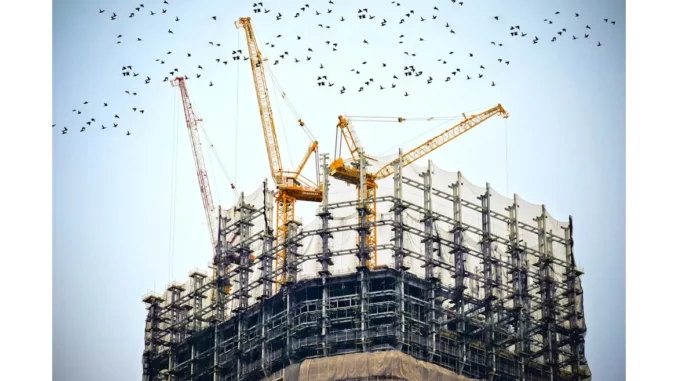
The construction industry in the United Kingdom is navigating a period of significant transformation, driven by the enactment of the Building Safety Act 2022. This comprehensive legislation, with its notable Gateway Regime, is redefining the framework for the design, construction, and approval of higher-risk buildings (HRBs). With Gateways 2 and 3 now in force as of October 2023, the regulatory landscape has become more rigorous, ensuring that building safety remains at the forefront of every project phase. This article delves into the complexities of Gateway 2, shedding light on its application process, requirements, and the best practices that can be adopted for effective management.
Focus360 Energy: property compliance services – pre-planning to post-construction. Learn more.
Gateway 2 represents a critical juncture in the construction lifecycle of HRBs, which are defined as structures standing at least 18 metres high or comprising a minimum of seven storeys, and containing at least two residential units. The primary objective of this gateway is to prevent any construction on HRBs from commencing without the express approval of the Building Safety Regulator (BSR). With the UK seeing the construction of around 2,000 new HRBs every year and managing an existing portfolio of 12,500 such buildings, the significance of Gateway 2 is indisputable.
To embark on Gateway 2, developers are required to present a comprehensive application to the BSR. This submission must unequivocally demonstrate compliance with all relevant functional requirements of the building regulations, while also detailing how construction activities will be managed to adhere to these standards. Although applications can be submitted in phases, the BSR has a preference for thorough plans covering the entire HRB when feasible. Key documentation within the application includes full plans, a site location plan, detailed specifications, a construction control plan, a change control plan, and a fire and emergency file. Moreover, developers must provide a competence declaration and a building regulations compliance statement.
Efficient management of the Gateway 2 process necessitates meticulous preparation and organisation. Developers are advised to ensure that their applications are both detailed and comprehensive, as this can significantly expedite the approval process and minimise associated costs. All applications are processed through an online portal, with a unique application reference number assigned for all related communications. Maintaining clear and structured documentation is imperative, especially since any amendments to approved plans must be documented in the change control log. Major alterations necessitate a separate application to the BSR, which could require up to six weeks for approval, while notifiable changes must be reported to the BSR prior to implementation.
Central to the revised regulatory framework is the concept of the ‘golden thread’ of information. This digital record-keeping process serves as the backbone for documenting the design, construction, and operational phases of the building. The golden thread ensures that all pertinent information is captured and maintained, thereby facilitating compliance and informed decision-making. Typically, the Principal Designer is tasked with coordinating the golden thread during the design stage, while overall management is the developer’s responsibility. Upon completion of the building, the golden thread provides evidence that the construction adheres to the approved plans and regulatory requirements.
In synthesising these elements, it becomes clear that the introduction of Gateway 2 within the Building Safety Act 2022 represents a fundamental shift in building safety regulations. By gaining a comprehensive understanding of the application process, fulfilling the stipulated requirements, and appreciating the significance of the golden thread, developers can more effectively navigate this intricate regulatory landscape. As the UK continues to elevate building safety standards, Gateway 2 stands as a pivotal step in ensuring that HRBs are constructed to the highest standards, thereby safeguarding residents and bolstering public confidence in the integrity of the built environment.


Be the first to comment